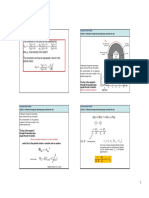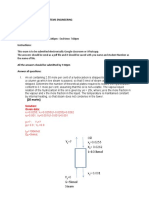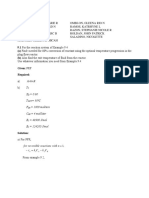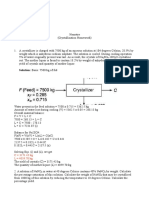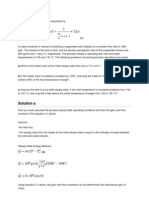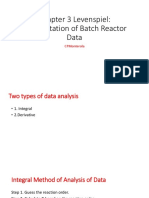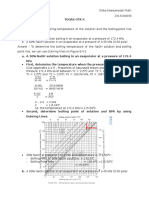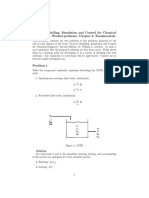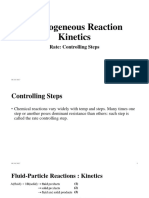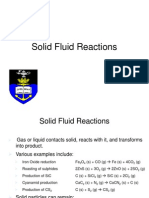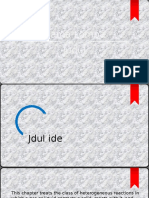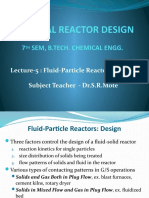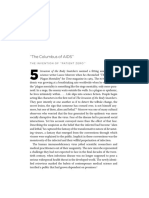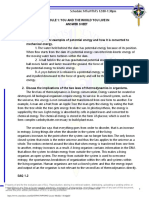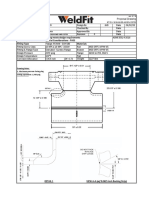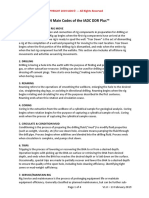100% found this document useful (1 vote)
4K views16 pagesChemical Reactor Design Lecture
The document discusses chemical reactor design for a 7th semester chemical engineering course. It covers combining resistances in chemical reactions, determining the rate-controlling step through examples, and calculating times for complete conversion of particles under different conditions. Resistances such as gas film, ash layer, and chemical reaction are considered. Through analytical solutions and determining whether time expressions match given conversion data, the rate-controlling steps can be identified for different example reactions and conditions.
Uploaded by
Mohammad Ajaz DeshmukhCopyright
© © All Rights Reserved
We take content rights seriously. If you suspect this is your content, claim it here.
Available Formats
Download as PPTX, PDF, TXT or read online on Scribd
100% found this document useful (1 vote)
4K views16 pagesChemical Reactor Design Lecture
The document discusses chemical reactor design for a 7th semester chemical engineering course. It covers combining resistances in chemical reactions, determining the rate-controlling step through examples, and calculating times for complete conversion of particles under different conditions. Resistances such as gas film, ash layer, and chemical reaction are considered. Through analytical solutions and determining whether time expressions match given conversion data, the rate-controlling steps can be identified for different example reactions and conditions.
Uploaded by
Mohammad Ajaz DeshmukhCopyright
© © All Rights Reserved
We take content rights seriously. If you suspect this is your content, claim it here.
Available Formats
Download as PPTX, PDF, TXT or read online on Scribd
/ 16

